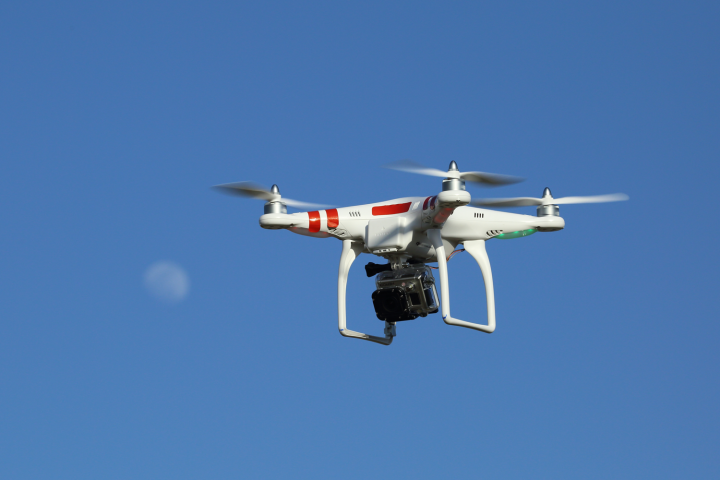
The agency, which had been contemplating the security implications of small, hard-to-detect airborne devices before the accidental landing of a remote-controlled quadcopter in the White House lawn, has reportedly accelerated research into anti-drone measures. Apparently, it’s tried a lot of different drone-blocking methods.
Related: Mystery drones continue to fly over Paris landmarks
However, one method, called signal jamming, could have significant peripheral consequences. The AP notes that because drones from some manufacturers rely on the same radio frequencies as Bluetooth and Wi-Fi for connectivity, knocking those signals out could prevent nearby phones and Internet from working properly.
Another method used to block drones is so-called geo-fencing, wherein the flight path of drones is artificially restricted at the programming level. But like signal jamming, geo-fencing has its own drawbacks. A week after drone manufacturer DJI implemented it in its own software, the company was forced to roll back geo-fencing, after reports surfaced that it made DJI’s Phantom drones difficult to control.
Related: FAA sets weight, speed and altitude limits for commercial drones in proposed regulations
Apparently, the Secret Service isn’t the only government division attempting to reconcile the rise of small, airborne electronics with security. The AP reports that researchers at the Homeland Security Department are developing strategies to impede drones in restricted areas without impacting legitimate users, and the National Telecommunications and Information Administration, announced it’s studying ways to minimize drones’ impact on privacy.
The issues of flying RCs in secure areas is definitely a problem, but one without a simple solution. Of course, the Secret Service might take Staff Technologist at the Electronic Frontier Foundation Jeremy Gillula’s advice to “encase [the areas] in [a] net.” That’s certainly one way to make the White House lawns impregnable.


